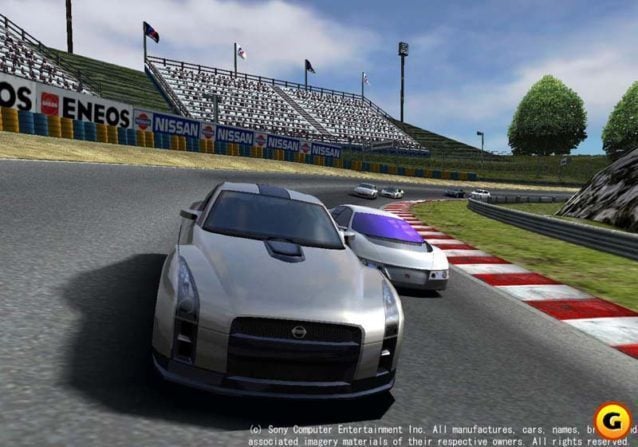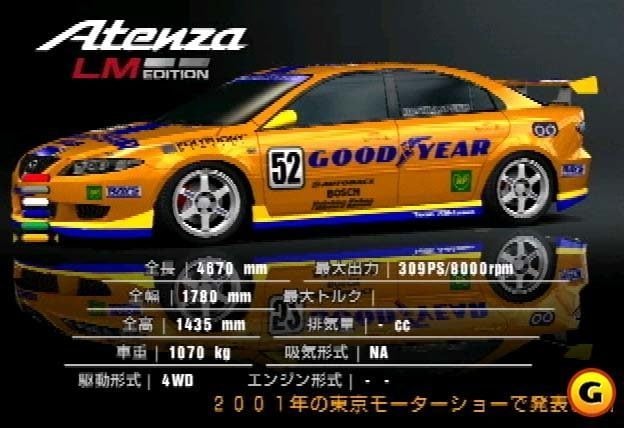
Gran Turismo Sport is set to arrive later this year. While Kazunori Yamauchi says the game could be called GT7, it bucks the numbered-title trend. This has inspired us to take a look back at the first spin-off titles in the long-running franchise: the Gran Turismo Concept trilogy.
The achievements Gran Turismo 3 recorded during the early days of the PS2 era should be familiar to GT veterans. Last year we strolled down memory lane to celebrate the 15th anniversary of the game and recall what exactly made it that good. Polyphony Digital used a modified GT3 engine for the three Concept games (2001 Tokyo, 2002 Tokyo-Seoul, and 2002 Tokyo-Geneva).
Although seemingly identical to that game, all three Concept titles actually introduced certain improvements to the original template. The physics engine received a minor update along with the graphics. Newly modelled cars took advantage of better rendering, which would lead to many of them being transferred directly to GT4 years later. The sense of speed also received a revision, offering more intense driving at high velocities.
As with many other video games, it was the little details that set Concept apart. Users could adjust settings in the arcade mode, which was quite a novelty for the series at the time. Each car would also come with default spring and ride height values, leaving a very helpful benchmark for dedicated tuners.
One of the elements that definitely stood out was the Toyota Pod challenge. For those unaware, Toyota built the Pod concept car in collaboration with Sony. Special software tracked the mood changes of the driver and respond accordingly. The Pod would change the color of the LED bars on its body, emit beeping sounds, and even wag its tail! This was actually the first car in the series to feature moving or changeable parts.

The goal in the Toyota Pod challenge was finishing a tight gymkhana-styled course. The test required players to stop at a designated area then apply the handbrake before continuing on. A hint at the Coffee Breaks that arrived later in the series?
Gran Turismo anoraks — and GTPEDIA owners — also know that certain cars in the game had unique paint schemes that were absent from any other GT titles. For instance, the Pagani Zonda S had an unique blue color to offer, whereas the Mazda 6 Touring car had multiple color schemes as opposed to the single one from GT4 onwards.
The Concept trilogy had two major drawbacks. The limited market release was the first snag: 2001 Tokyo and 2002 Tokyo-Seoul released only in Japan and South Korea, respectively, whereas 2002 Tokyo-Geneva remained within the borders of Europe and Australia. North American buyers never saw any of the Concept games.
Another problem was the track selection. Packing no more than five tracks — two of which were rally stages — the games certainly couldn’t win awards for environmental variety. On the plus side, because the games supported two-player mode as well as iLink multiplayer, owners could at least share the experience.

Owners of the rare title were rewarded for their loyalty. Upon completing GT Concept, players received a whopping 10 million credits for their GT3 save file, if one were found on the same memory card.
The release schedule of the Concept titles naturally raises a question: at one point, was there a plan to make a new Gran Turismo that would sit between the two big PS2 titles? Given the technical improvements the Concept games enjoyed in addition to a truly impressive roster of new cars, it could have worked.
Instead we got a game that served as a prologue to a completely new experience of gaming for the series. You probably know what we’re hinting at, so stay tuned for a more detailed report on this spin-off GT gem.
See more articles on Polyphony Digital.










